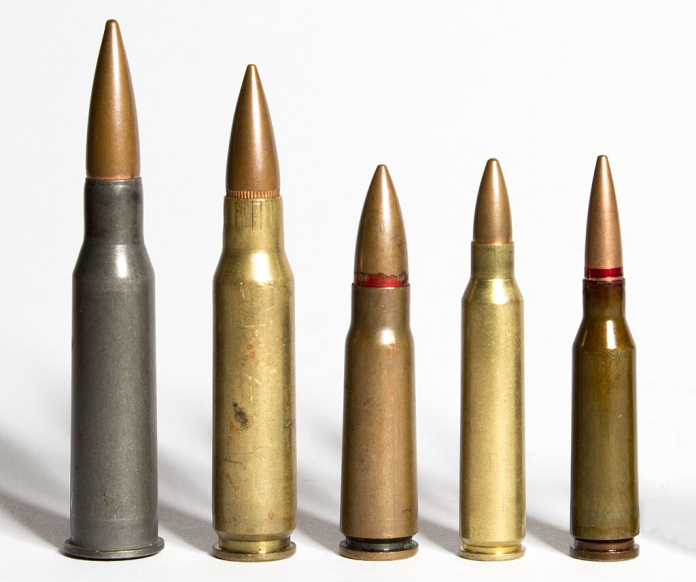
“Old soldiers never die; they just fade away.” The same could be said of some ammunition calibers except that some won’t fade, lingering on store shelves despite being outclassed by superior, less expensive, and more convenient options. To the shooter today, the retention of these cartridges can bring additional expense, reduced performance, and unwelcome frustration.
In the modern marketplace, ammunition technology has kept up with the practical use of most old cartridges. Propellant, bullet, and gun technology have made earlier-caliber models antiquated or even archaic. And yet they linger, at times for emotional reasons, or because a few antique guns continue to chamber them.
This countdown of the top nine reveals nine calibers that, while historically interesting, no longer warrant their place in the daily shooter’s arsenal. From outmoded varmint cartridges to law enforcement fiascos that did not take hold, all have been surpassed.
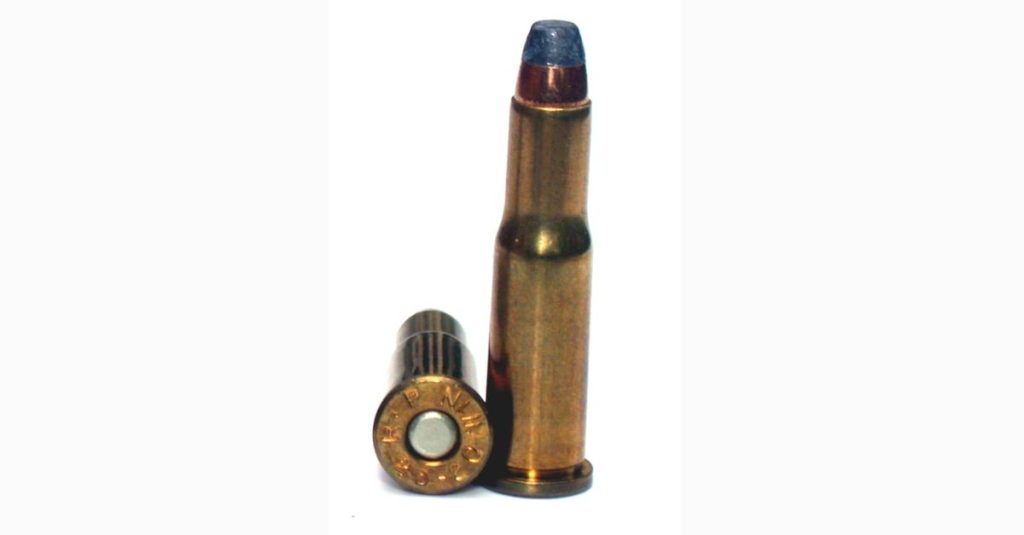
1. 25-20 Winchester: A Hundred Years Past Its Sell-By Date
Late in the 19th century, the .25‑20 Winchester was brought forth to serve small-game hunters well. Today, it is an underpowered, overpriced anachronism. Factory loads are scarce, requiring one to check specialty shops or estate sales. For varmint control or light game, modern .22 centerfires like the .223 Remington offer more flat trajectories, more power, and far greater availability. Unless one wants to keep a historical period lever-action due to its historical value, this cartridge offers little reason for continued use.

2. 30 Carbine: Throughly Outclassed in Every Task
Originally developed for the M1 Carbine in World War II, the .30 Carbine was designed to deliver a light, intermediate cartridge. It offers neither the terminal ballistics of modern rifle cartridges nor the versatility of modern pistol cartridges in service. Its velocity is not sufficient for humane hunting of anything larger than small game, and it possesses not the stopping power needed for home defense. Modern carbines in .223 Remington or 9mm have surpassed it in range, energy, and use of ammunition.
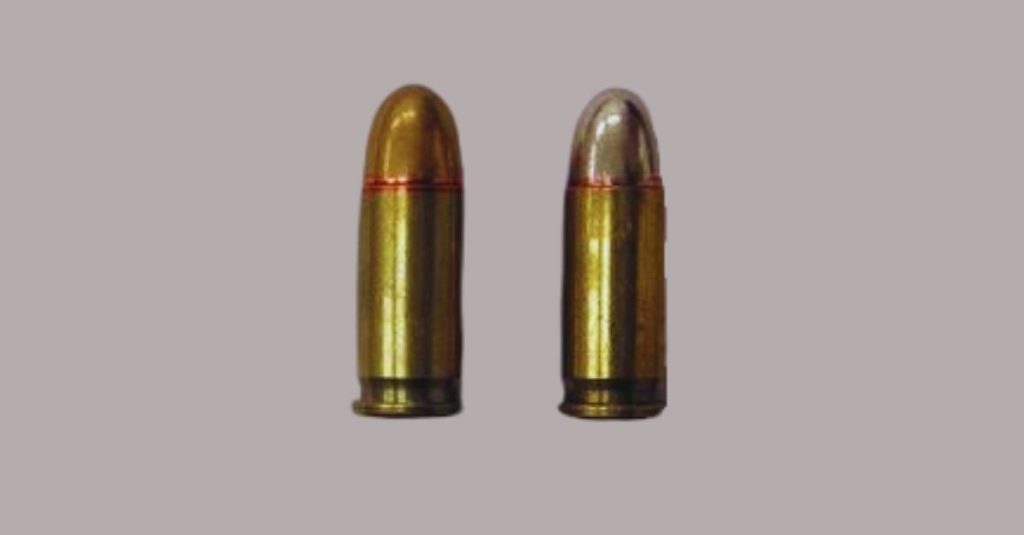
3. .32 ACP: A Pocket Pistol Relic
The .32 ACP was the standard in the European concealed pistol market. It’s now a relic and becoming a collector’s item on the shelf in today’s defensive climate. Even smaller .380 ACP pistols now offer better ballistic performance, deeper penetration, and more uniform expansion. For anyone desiring to put self-defense first, the limited stopping power of the .32 ACP and its waning availability make it a poor choice for anything other than collecting or historic reenactment.
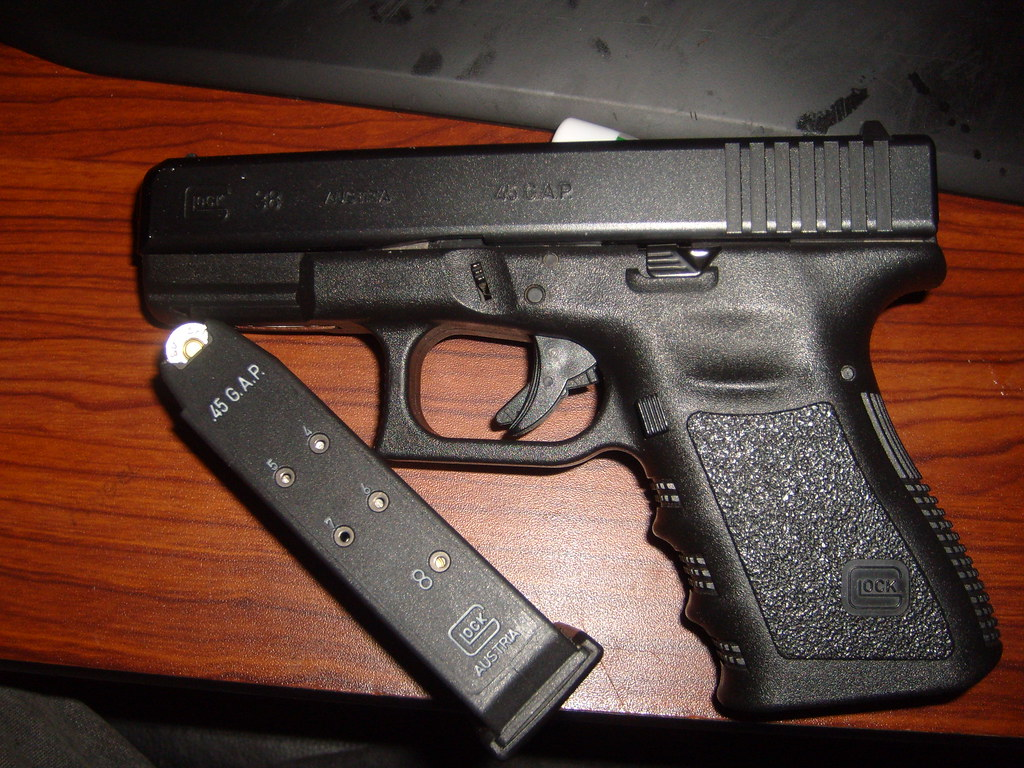
4. 45 GAP: Glock’s Risky Blunder
Glock and Speer introduced the .45 GAP in 2003, attempting to replicate .45 ACP performance in a shorter case for sub‑frame guns. It achieved similar ballistics through increased pressure operation 23,000 psi versus the .45 ACP norm 21,000 but failed to escape market stagnation. New York, Georgia, and Florida law‑enforcement agencies briefly employed it before reverting to .45 ACP or 9mm. Ammunition today is scarce, expensive, and largely limited to Glock pistols themselves. As another historian of firearms noted, “new cartridges must prove demand before manufacturers invest,” and the .45 GAP never did.
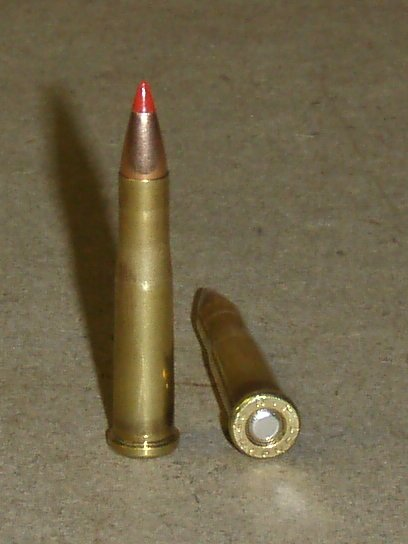
5. 22 Hornet: Overtaken by New Varmint Cartridges
Once the sweetheart of varmint hunters, the .22 Hornet was a product of Springfield Armory testing in 1930. Its modest kick and modest report made it appealing, but newer cartridges like the .204 Ruger and .223 Remington transfer higher velocities, higher ballistic coefficients, and more consistent terminal effects. Even though handloaders can coax satisfactory performance from it, production ammunition is costly and not widely available. As one of the old-time shooters commented, the Hornet “reminded me of an earlier day” but no longer earns its keep on the range.
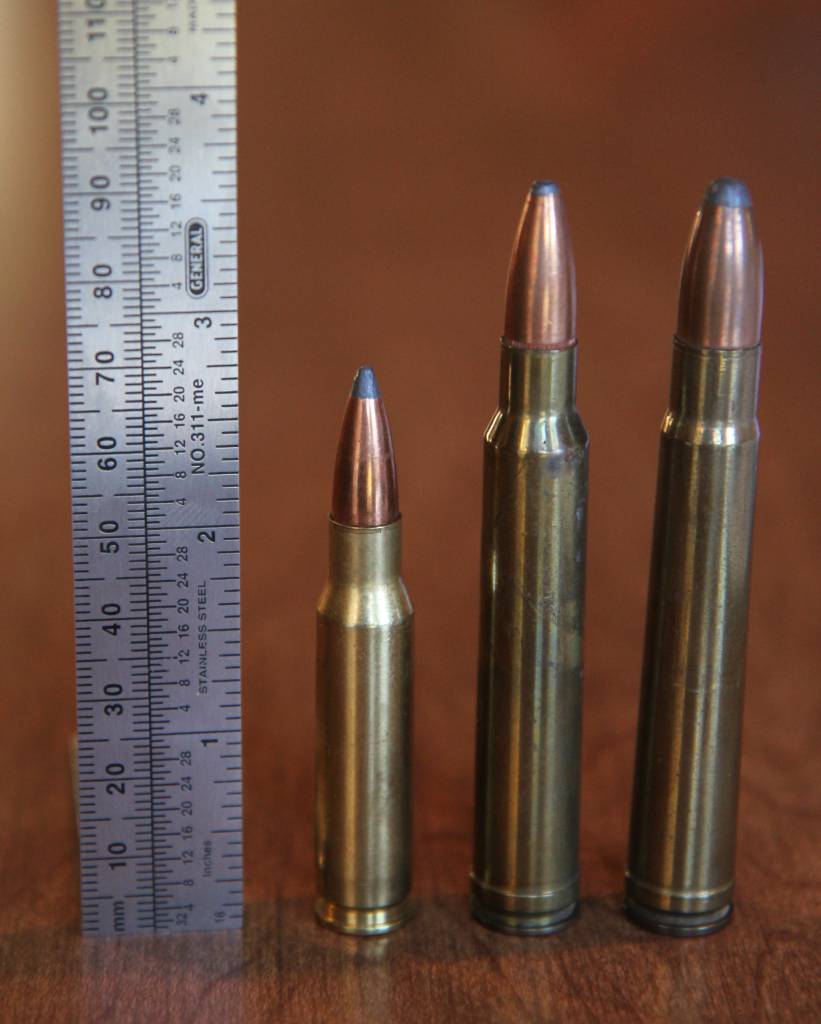
6. 7mm Remington Ultra Magnum: Power at a Price
In theory, the 7mm RUM boasts mind-boggling speeds and extended range on paper. In reality, it ruins barrels twice as fast, gives rifles abominable recoil, and delivers diminishing returns over more moderate magnums like the 7mm Rem Mag or .300 Win Mag. It is hard to acquire and expensive, so it is a specialty load for reloaders who want to run maximum velocity without being a functional hunting load.
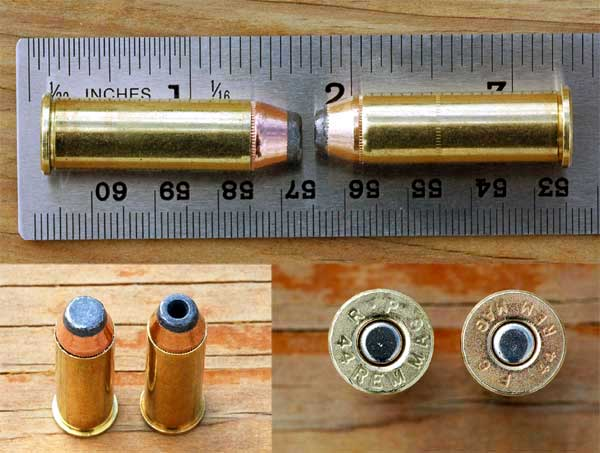
7. 41 Magnum: The Cartridge Without a Country
Introduced in the 1960s as a middle ground between .44 Magnum and .357 Magnum, the .41 Magnum never did catch on. It does not provide any noticeable performance advantage over .357 for most applications, but is not quite up to the .44 class for big game. Limited gun availability and expensive ammunition relegated it to the periphery. To revolver collectors, it is a curiosity; to anyone else, a solution to a query few posed.
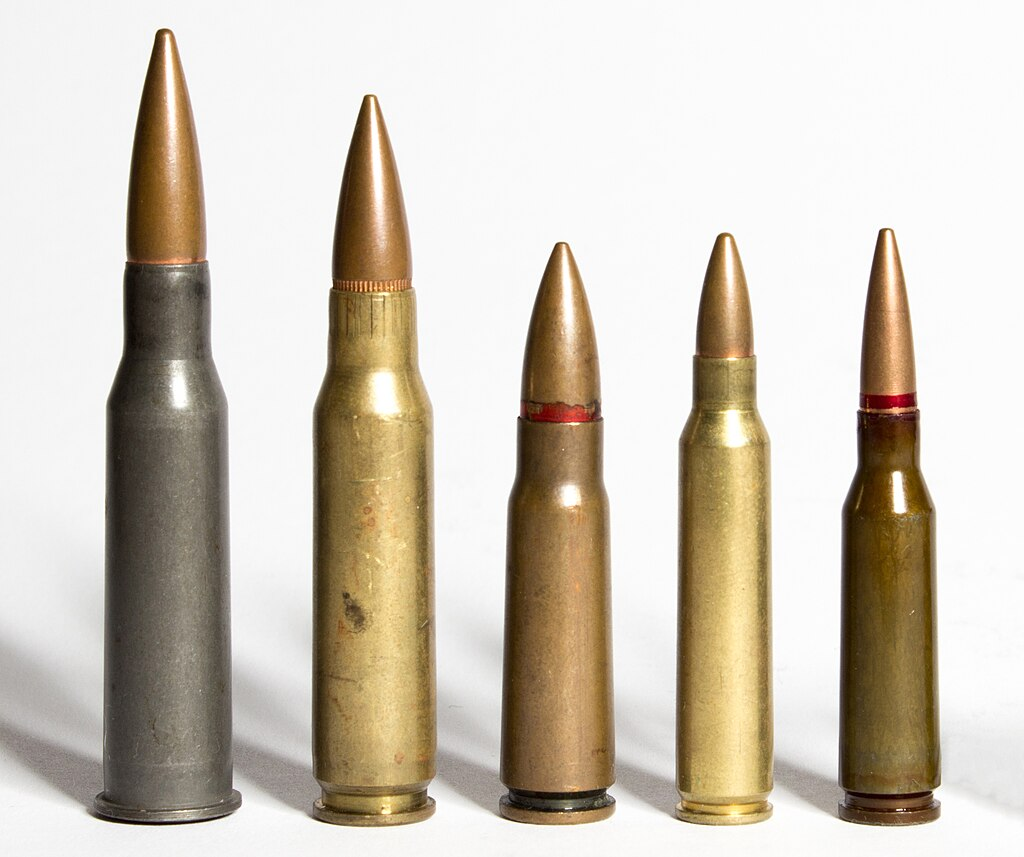
8. 5.45x39mm: Casualty of Geopolitics
Soviet-era cartridges once tempted AK builders with deals from cheap surplus. That ceased when American sanctions, in response to the Russia‑wide poisoning of Russian opposition politician Aleksey Navalny, closed imports of Russian‑produced ammunition. “New and pending permit applications… will be subject to a policy of denial,” says the State Department. While 5.56 NATO and 7.62×39 choices remain plentiful, 5.45x39mm has become more limited and costly, some loads “essentially disappearing” from commercial sale.
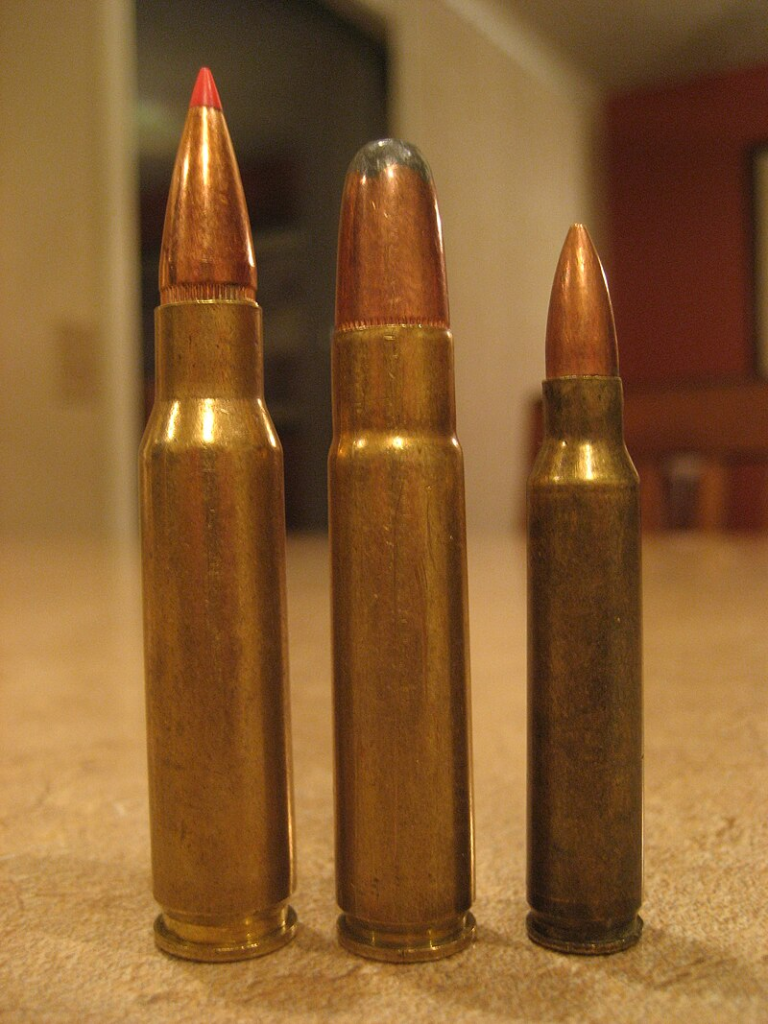
9. 35 Remington: A Woods Cartridge Left Behind
Designed for lever-action rifles and close-range knockdown, the .35 Remington was a welcome companion to hunters in heavy cover. New straight-wall cartridges such as the .450 Bushmaster, or redesigned .30‑30 loads, now offer improved performance with broader ammunition support. Because dwindling supplies are the only thing to keep the .35 Remington on the books, its attractiveness falls almost entirely on the shoulders of nostalgia and the handful of rifles still chambered for it.
However much each of these calibers has a past to some tied up in war history, to others tied up in hunting tradition the realities of performance, cost, and availability must not be ignored. For the shooter who demands efficiency and ease, taking these rounds out of general circulation frees up resources for newer cartridges that accomplish more with less. History is reserved for museums and archives; the range and the field are left to demand implements created for the here and now.
